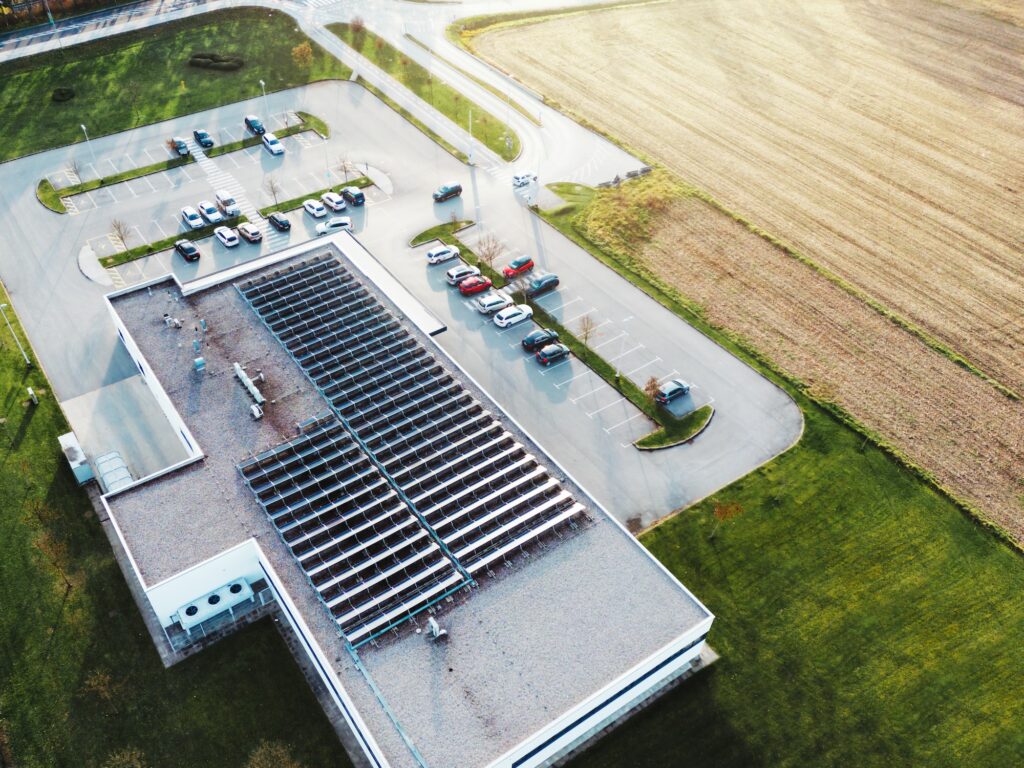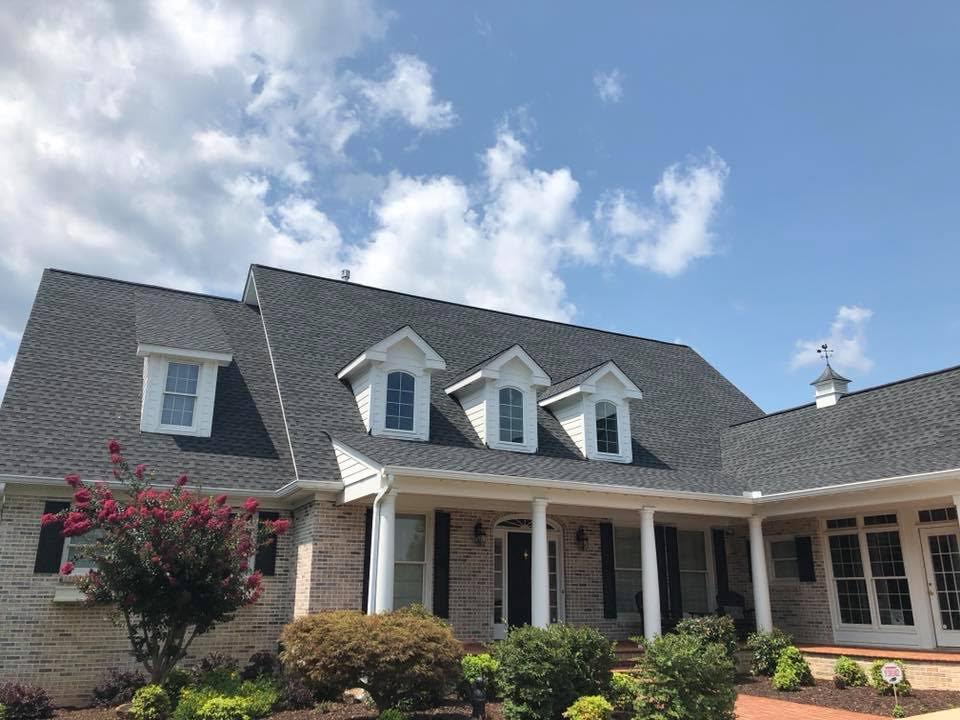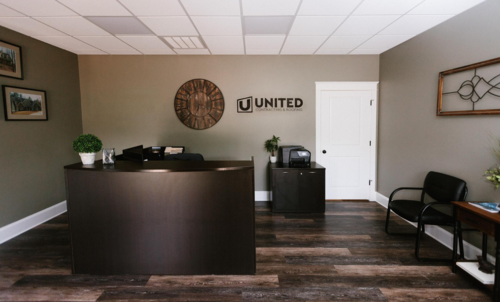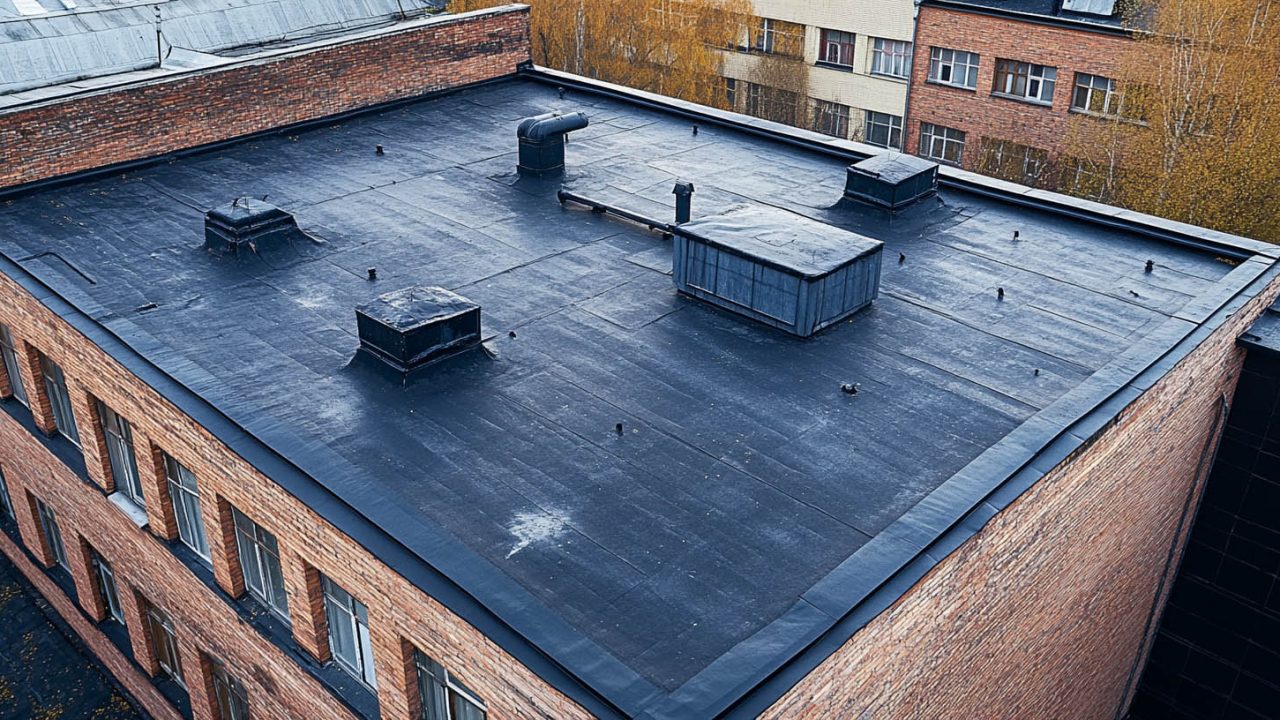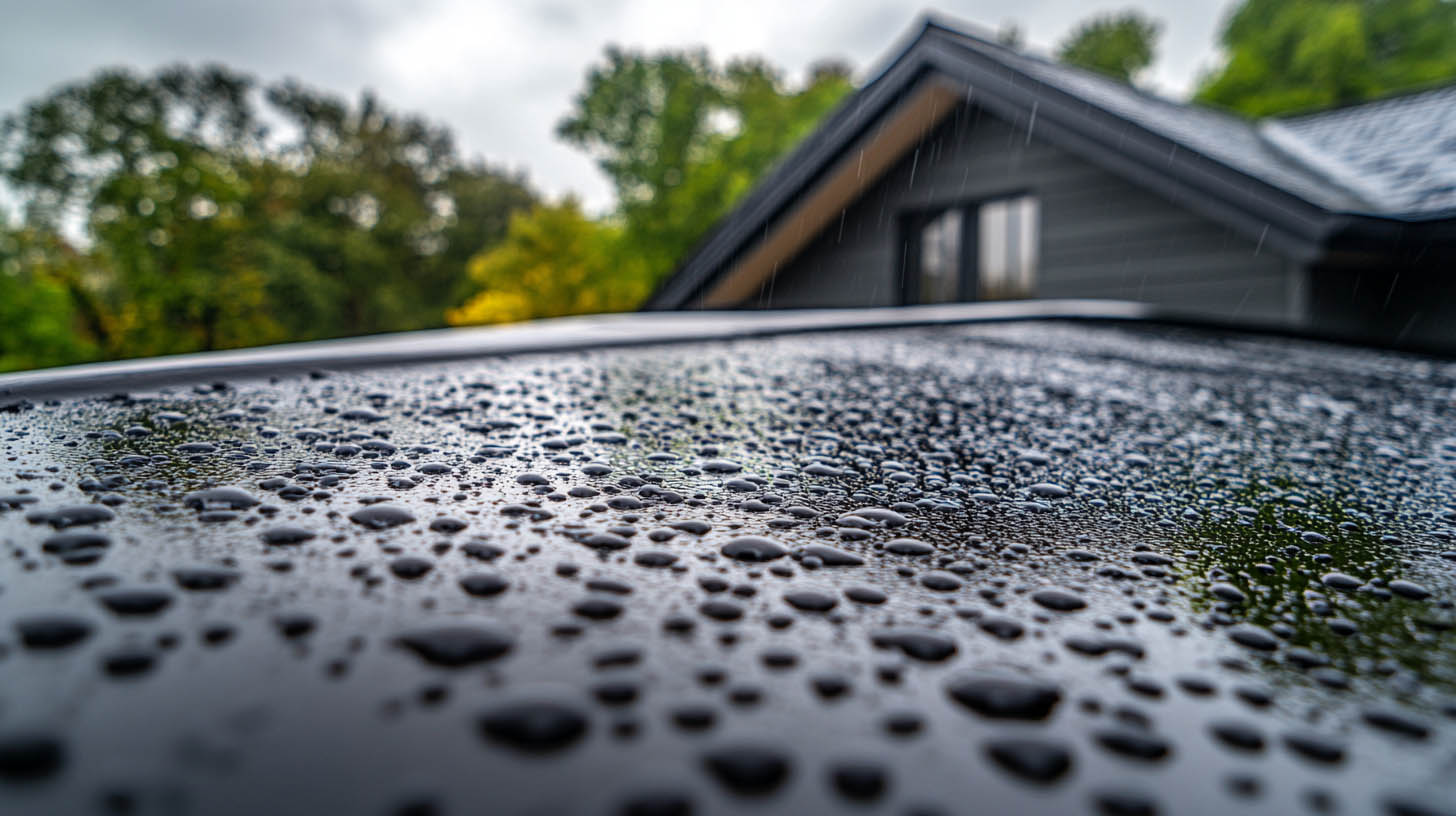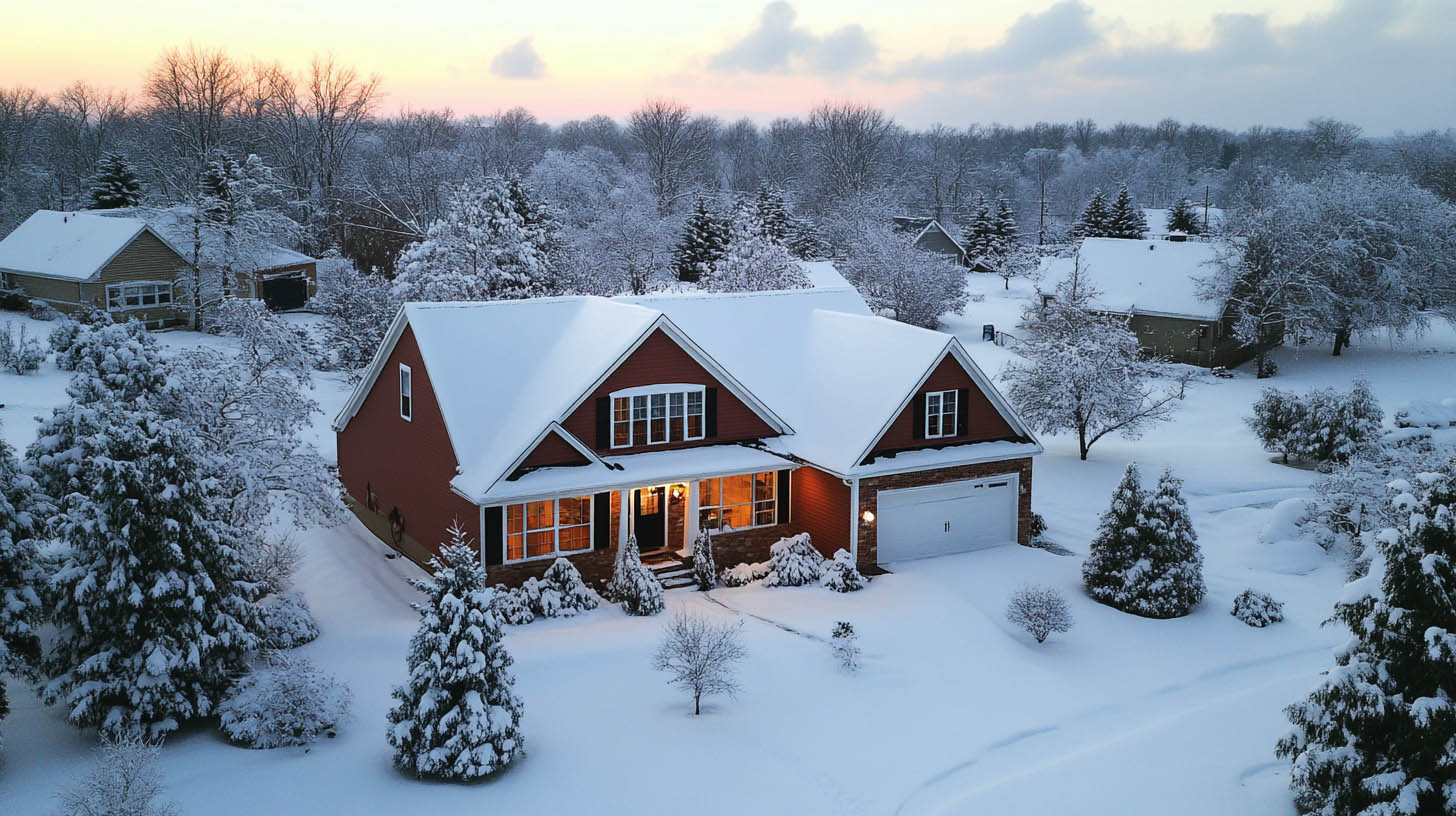Understanding the lifespan of various commercial roofing systems is crucial for maintaining the longevity and efficiency of your building. At United Contracting & Roofing LLC, we emphasize the importance of quality installation, regular maintenance, and proper drainage to maximize your roof’s lifespan. This article explores different commercial roofing materials and their expected lifespans.
Commercial Roof Lifespan Overview
Commercial roofing systems have varying lifespans depending on the materials used, installation quality, and maintenance practices. Here are the typical lifespans for common commercial roofing systems:
- EPDM (Ethylene Propylene Diene Monomer): up to 40 years (higher if fully adhered)
- Metal Roofing System: 30-45 years
- TPO (Thermoplastic Polyolefin): 15-25 years (higher if fully adhered)
- PVC (Polyvinyl Chloride): 20-30 years (higher if fully adhered)
- Asphalt Roofing System: 25-35 years
EPDM Roofing
EPDM is a highly durable synthetic rubber roofing membrane widely used for low-slope buildings. It offers several benefits:
- Durability: EPDM is known for its flexibility and strength, making it resistant to thermal shock and hail damage. It can also accommodate structural movement without damaging the membrane.
- Energy Efficiency: Available in white or black, EPDM helps reflect or retain heat, contributing to energy efficiency.
- Longevity: With proper maintenance, EPDM can last up to 30 years or longer. It is also fully recyclable.
Metal Roofing
Metal roofing systems are one of the oldest commercial roofing options and can last up to 45 years or more with consistent maintenance:
- Material Options: Commonly made from corrugated galvanized steel, metal roofing can also include aluminum and tin.
- Adaptability: Suitable for steeper slopes and available in various weights and finishes.
- Longevity: Metal roofs typically last between 20-30 years but can exceed 45 years with proper care.
TPO Roofing
TPO membranes are made from a blend of polypropylene and ethylene-propylene rubber, offering several advantages:
- Reflectivity: TPO is highly reflective, reducing cooling costs by reflecting more than 85% of the sun’s rays.
- Durability: TPO is resistant to UV radiation and weathering.
- Cost-Effectiveness: Available in various thicknesses, TPO can fit a wide range of budgets and comes with warranties up to 25 years. With appropriate maintenance, TPO can last up to 30 years.
PVC Roofing
PVC roofing membranes are known for their durability and resistance to chemicals and fire:
- Heat-Welded Seams: PVC offers the original heat-welded single-ply system.
- Chemical Resistance: Ideal for roofs exposed to chemicals, oils, and industrial byproducts.
- Fire Resistance: PVC has inherent fire-resistant properties.
- Longevity: With proper installation and maintenance, PVC roofs can last between 20-30 years.
Asphalt Roofing
Asphalt roofing systems can vary greatly in lifespan based on the slope and maintenance:
- Low-Slope Asphalt Roofs: Typically last 15-25 years when installed correctly.
- Steep-Slope Asphalt Roofs: Can last up to 35-40 years.
- Maintenance: Regular inspections and quality shingles are essential for maximizing the lifespan of asphalt roofs.
Key Factors Influencing Roof Longevity
Several factors can impact the lifespan of your commercial roof, including:
- Installation Quality: Proper installation by experienced contractors is crucial.
- Regular Maintenance: Routine inspections and timely repairs can prevent minor issues from becoming major problems.
- Proper Drainage: Ensuring adequate drainage and using tapered insulation can extend roof life.
Conclusion: Ensuring Longevity for Your Commercial Roof
Selecting the right roofing material and maintaining it properly can significantly extend the life of your commercial roof. At United Contracting & Roofing LLC, we provide expert advice and quality services to help you choose the best roofing system for your needs.For more detailed information on Common Types of Commercial Roofing Membranes, click here.

